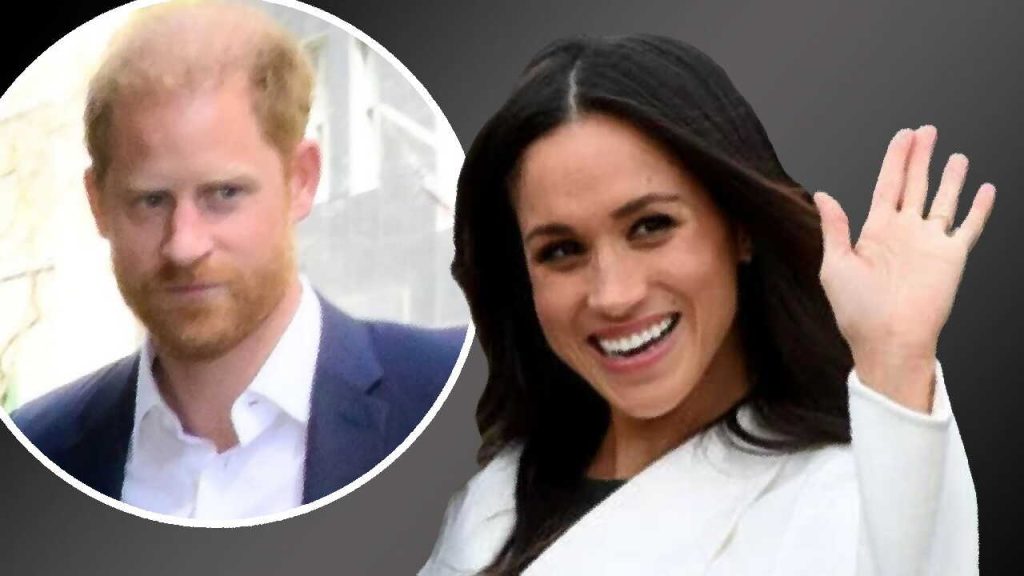
Meghan Markle took center stage as a guest speaker at the Time 100 summit in New York, with Prince Harry by her side. A body language expert, Judi James, claims that the Duke of Sussex appeared to feel somewhat out of place at the event.
Speaking to the Daily Mail, James observed that although Harry played a supportive role—helping Meghan out of the car and greeting her after her speech—his demeanor hinted at discomfort.
During her address, Meghan spoke about allowing herself “the space and the grace to make mistakes” and shared a personal detail about their son Archie’s first wobbly tooth.
While Harry’s actions may have seemed those of a devoted husband, James interpreted his body language as revealing a sense of awkwardness.
“Harry appears to be in the role of ‘Spare,’ displaying some awkward-looking body language poses while a more assured Meghan takes the starring role,” she explained.
James noted that from the moment they arrived, Meghan appeared to assume a dominant presence, while Harry lingered behind. Meghan, she said, used distinct cues to reinforce her status.
“With her arms bent at a 45-degree angle and her hands relaxed in what’s known as the ‘celebrity droop’—wrists limp and hands hanging—she exuded an air of significance,” James said. “This ‘broken wing’ gesture, though it may suggest vulnerability, is often associated with high status, as if signaling, ‘I have people to open doors for me.’”
According to the expert, Meghan was conscious of the cameras, engaging in friendly embraces, and playing to her public image. Meanwhile, Harry seemed far less at ease.
“His jacket was unbuttoned, and his expression appeared more tense and reserved than his wife’s radiant demeanor.”
Harry’s body language continued to reflect discomfort as the couple exited the venue through a side door, escorted by security.
“He led Meghan in a classic celebrity escort pose. His posture—chest forward, knees bent, what I call a ‘frogs-leg’ stance—came off as awkward,” James said. “When he turned back to glance at Meghan, it seemed to shift the camera’s attention toward her, reinforcing her star image.”
